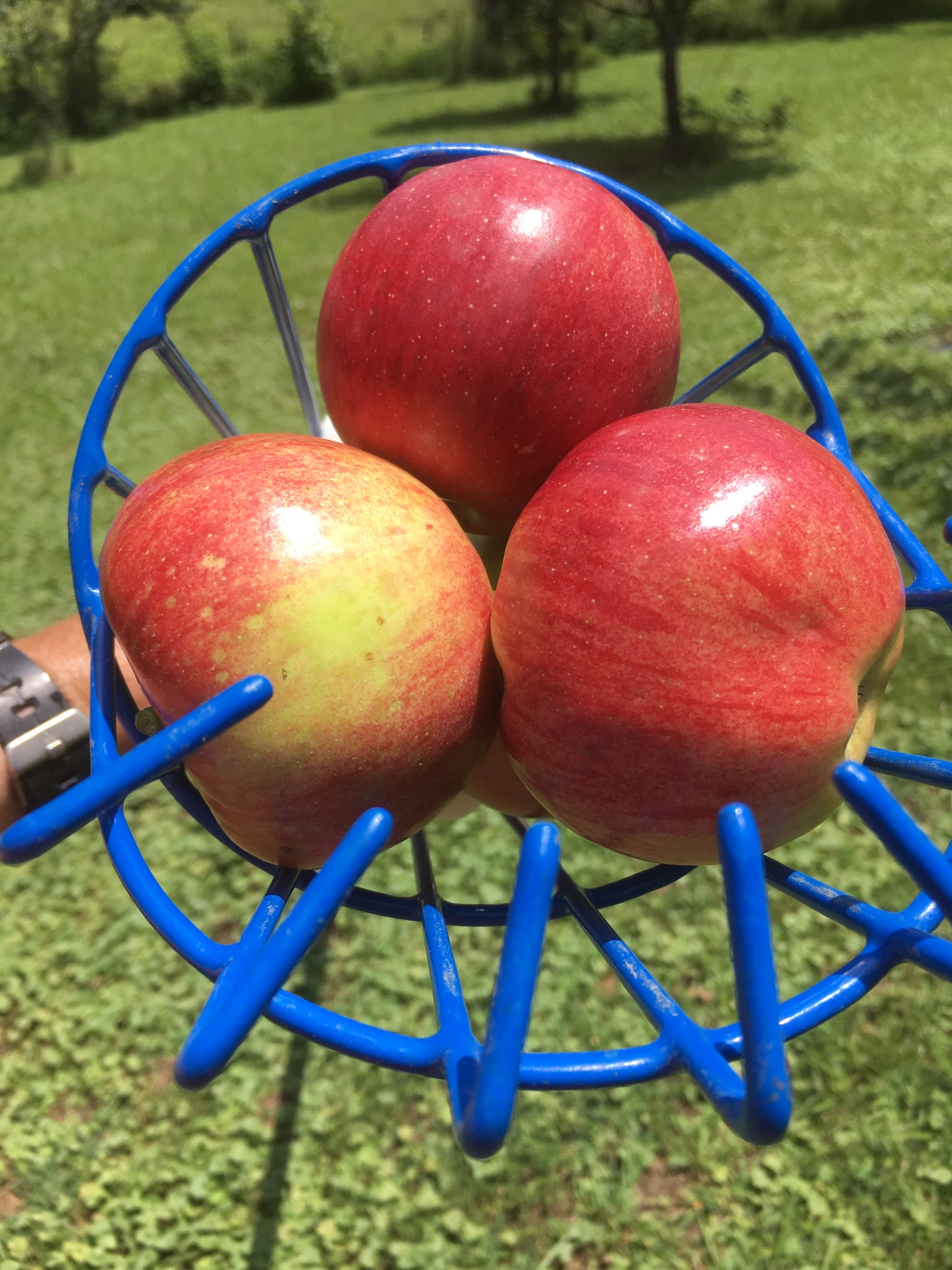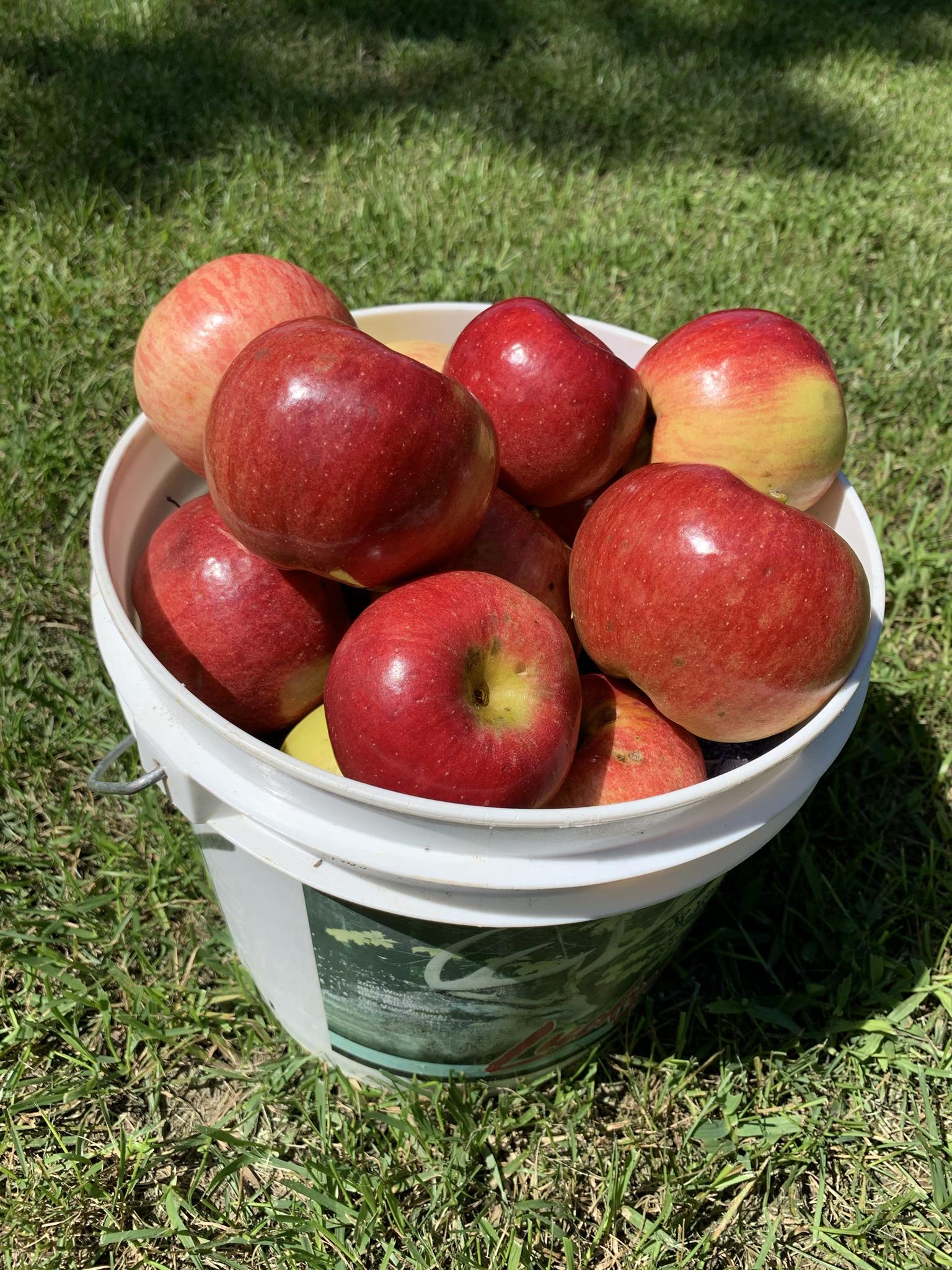Sportsman94
A good 3 year old buck
I have been reading through a lot of old threads on here and have seen that when people graft onto a larger rootstock they will often put two scions on opposite sides of each other. What is the reason for that? Has anyone ever tried to do that with two different types of scion wood (perhaps with different drop dates) so you could get two trees in one and maybe extend your drop times? Also, I heard people mention that only certain cultivars will work to graft on callery/Bradford pears. Does anyone have a list of what works with them? I have a handful of these pears on a property I hunt that I would love to turn into useful trees
Sent from my iPhone using Tapatalk
Sent from my iPhone using Tapatalk






